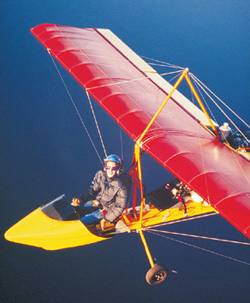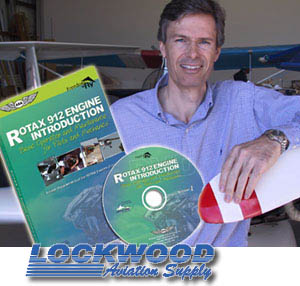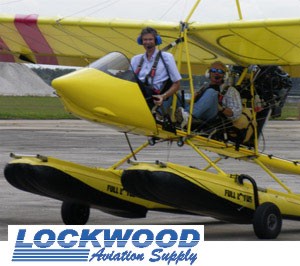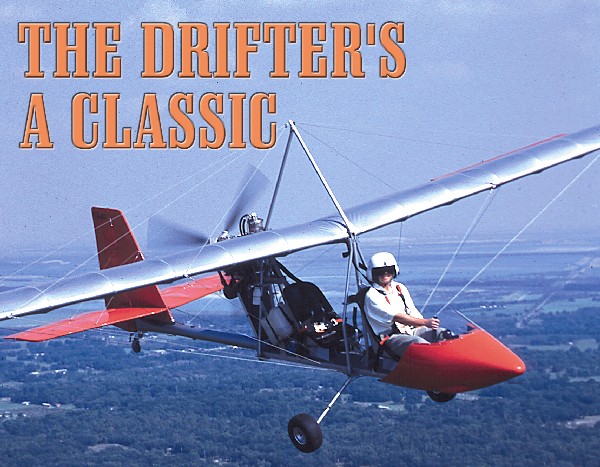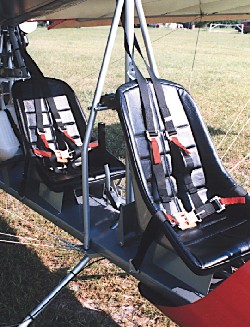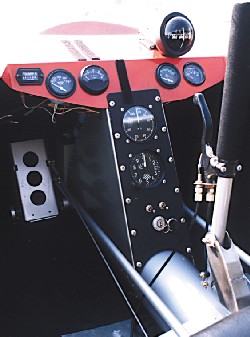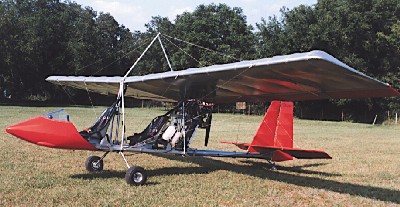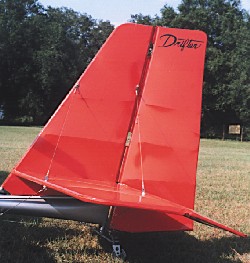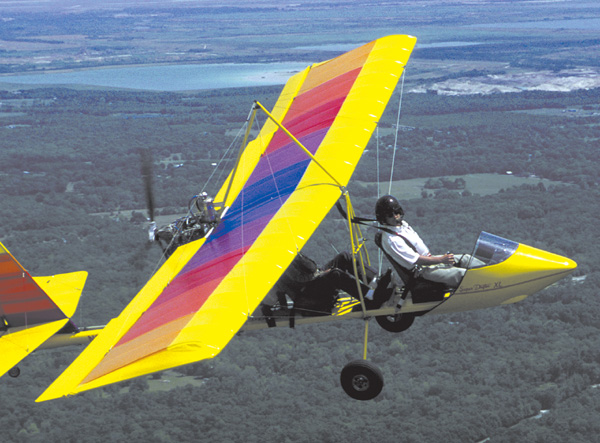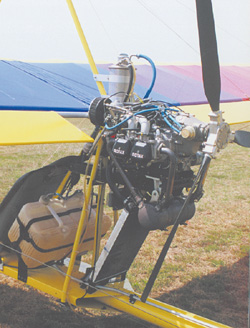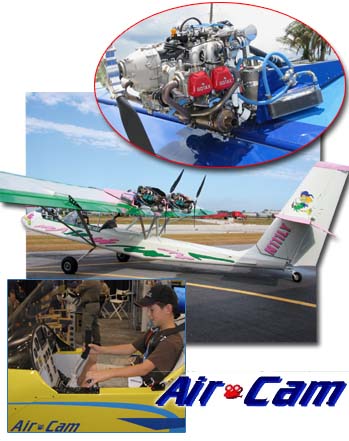
Air-Cam isn’t a Light-Sport Aircraft because it has two engines. OK, it’s also a shade heavy but if Air-Cam could, it would be a LSA. Certainly it’s “light” and “sport” compared to most twins. Regardless, it’s a favorite of all the airplanes I’ve flown so I’m pleased to see its rapid progress under the leadership of Phil Lockwood, the original developer. *** The latest accomplishment is a factory-authorized amphibious float system from Montana Floats that includes all mounting hardware. As though it needed any more power — Air-Cam is the only multiengine airplane I’ve flown that can launch with one engine — the twin pusher can now be equipped with two Rotax 914 Turbos. Combined with the extra power (230 hp total), Air-Cam can be fitted with a constant speed reverse pitch prop system ideal for float-equipped Air-Cams. A new rigid mount can now accommodate High Definition video cameras…it is, after all, the Air-CAM.



